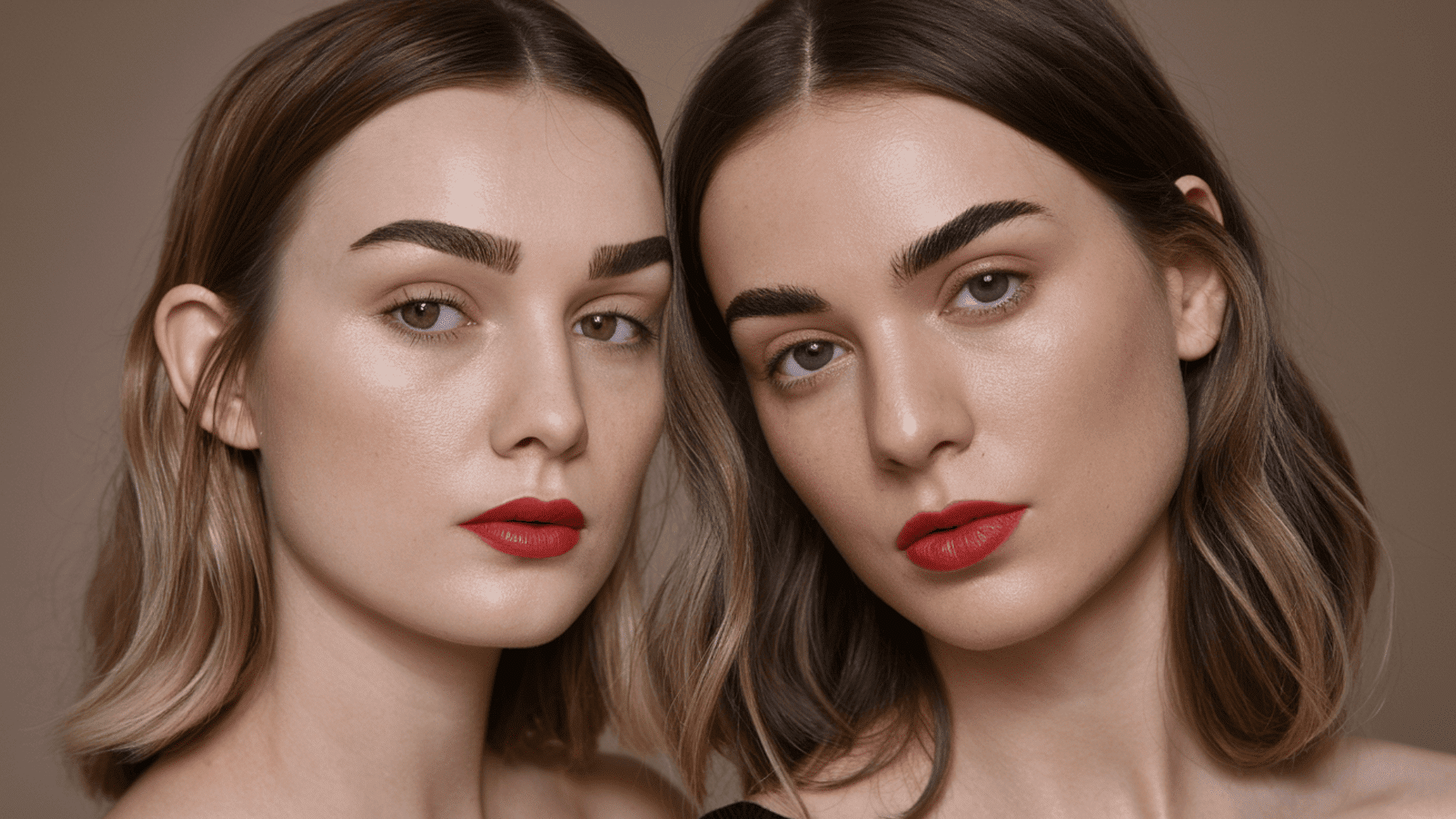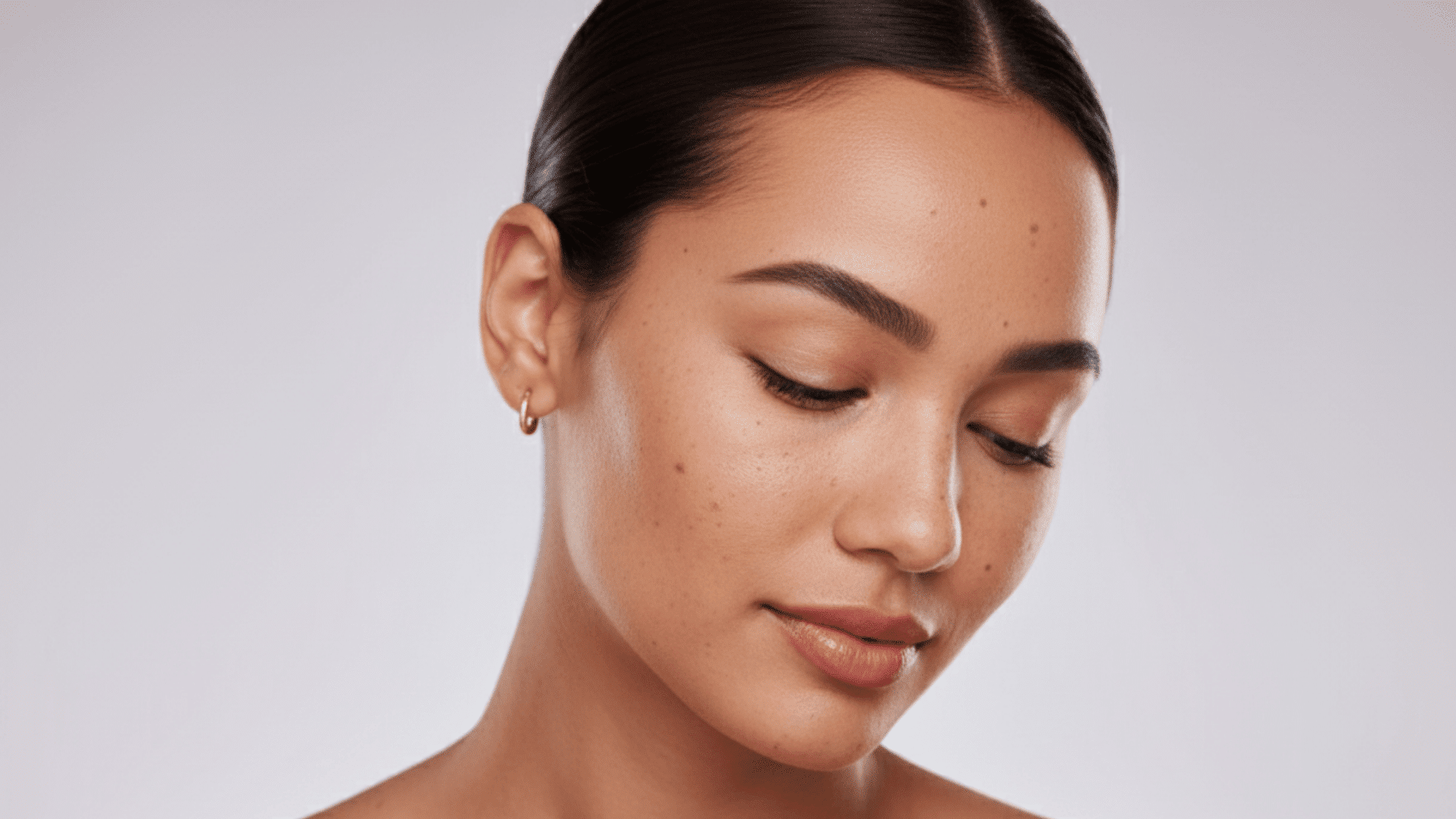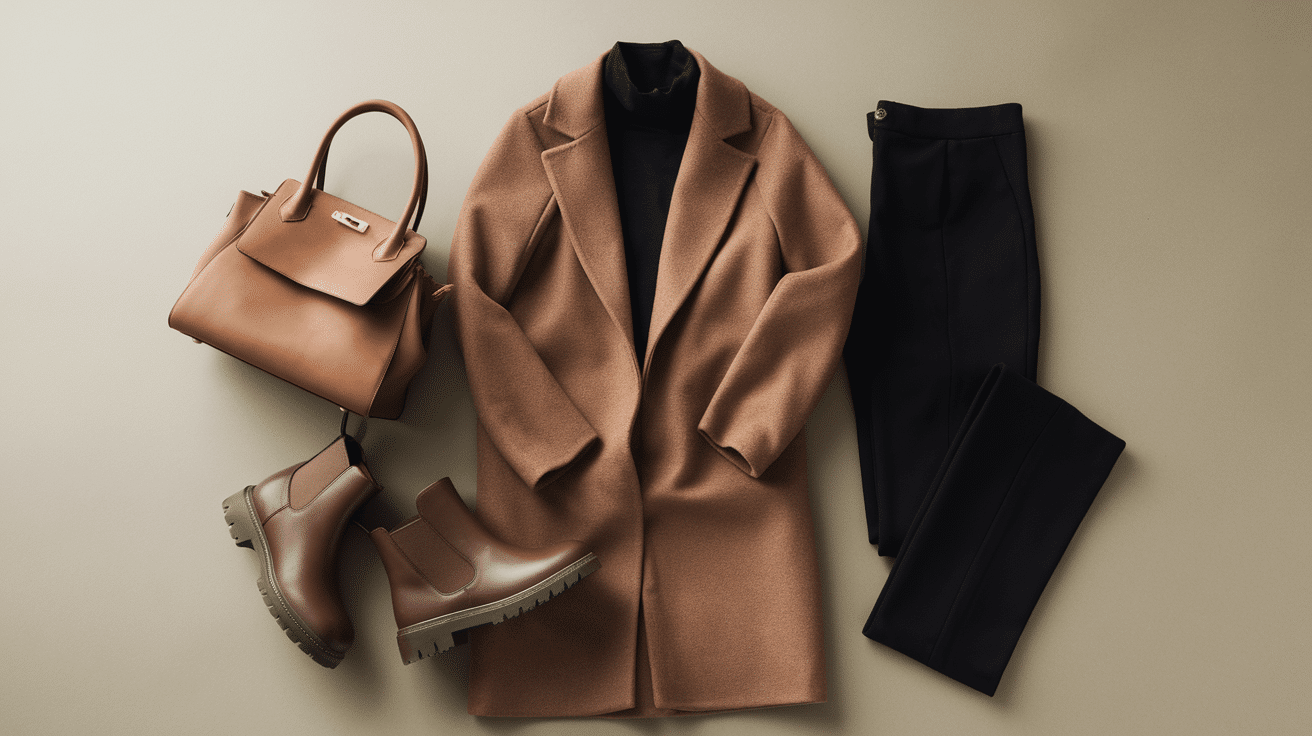Many Americans searching for perfect brows compare brow lamination vs microblading to decide which suits them best.
These two trending treatments both promise flawless brows, but they differ in process, cost, and longevity.
Some want a smooth, lifted look that lasts for weeks, while others prefer defined, hair-like strokes that stay for years. Knowing the difference helps make the right choice.
This blog post explains the difference between eyebrow lamination and microblading in simple terms and helps you understand how each treatment works and what results you can expect.
It also guides you in choosing the option that best matches your ideal brow look.
What Is Brow Lamination?

Brow lamination is a gentle, semi-permanent treatment that smooths and redirects natural brow hairs for a lifted and fuller appearance.
A technician applies a lifting lotion to soften the hair, brushes it upward or into a desired shape, and sets it with a neutralizer.
The session takes about 45 minutes, and results last between six to eight weeks.
This method is ideal for people who already have full brows but want a neater and more uniform shape without the need for daily gels or pencils.
It’s non-invasive, quick, and easy to maintain, making it popular among those who prefer low-commitment brow styling.
Pros of Brow Lamination
-
Affordable: Brow lamination costs much less than microblading and offers visible results without requiring large upfront expenses or long-term maintenance sessions.
-
Instant Results – You can see a lifted, shaped brow look immediately after the appointment, perfect for quick enhancements before events or photos.
-
Non-Invasive: The process uses gentle solutions on the hair surface only, avoiding needles or pain, making it safe for most skin types.
Cons of Brow Lamination
-
Shorter Lifespan: Results last only six to eight weeks, so maintaining the look requires regular visits for touch-ups.
-
No Filling Effect: It doesn’t fill gaps or add new strokes, only styles your natural hairs for a fuller, brushed-up effect.
-
Possible Hair Weakness: Frequent treatments or harsh chemicals can make brow hairs dry or fragile over time.
What Is Microblading?

Microblading is a semi-permanent tattooing process that enhances brows by adding fine pigment strokes beneath the skin’s surface.
A professional uses a small handheld tool fitted with fine blades to implant pigment along the natural brow line.
The procedure lasts about two to three hours and begins with mapping, numbing, and color matching to ensure a natural look.
Microblading works best for thin, patchy, or uneven brows, giving them a defined shape and realistic fullness that requires minimal daily maintenance.
Pros of Microblading
-
Long-Lasting Results: Microblading keeps brows full and defined for up to three years with proper care and occasional touch-ups.
-
Natural Appearance: The fine pigment strokes closely resemble real hairs, giving brows a natural yet structured finish.
-
Time-Saving: Once healed, brows stay in shape daily, saving time spent applying makeup or using brow products.
Cons of Microblading
-
Higher Initial Cost: The first session is more expensive than lamination and includes future touch-up appointments for upkeep.
-
Long Healing Time: It takes about four to six weeks for the skin to recover fully, requiring careful aftercare and limited water exposure.
-
Pigment Fading: Pigment may fade faster on oily skin or with sun exposure, needing periodic refresh sessions to maintain color and sharpness.
Brow Lamination vs Microblading: Key Differences
Brow lamination offers a quick, non-invasive lift for fuller, natural brows, while microblading provides lasting structure for sparse or uneven ones.
These main contrasts make it easier to decide which treatment matches your goals.
| Aspect | Brow Lamination | Microblading |
| Purpose | Reshapes and smooths natural brow hairs for a fuller, lifted look | Adds pigment strokes beneath the skin to fill and define sparse areas |
| Technique | Chemical solution sets brow hairs in an upward or desired direction | Fine blades implant pigment under the skin’s top layer for a hair-like effect |
| Duration of Results | Lasts 6–8 weeks, depending on hair growth and care | Lasts 1–3 years with occasional touch-ups |
| Cost | $75–$150 per session | $300–$800 initially; $100–$300 for touch-ups |
| Best For | Thick or uneven brows need better shape and direction | Thin, patchy, or overplucked brows needing long-term fullnes |
Which Treatment Is Right for You?

Choosing between brow lamination vs microblading depends on your hair type, goals, and comfort level.
If you already have thick brows that just need shaping, brow lamination gives a neat and lifted finish.
If your brows are thin or sparse, microblading can create fullness and definition that lasts.
Those wanting flexibility and easy upkeep may prefer lamination, while people seeking long-term structure and convenience often opt for microblading.
Consider your budget, healing tolerance, and desired longevity before deciding which suits your lifestyle best.
Can Brow Lamination and Microblading be Combined?
Yes, combining both treatments can give enhanced results if done correctly.
Typically, microblading is performed first to fill and shape the brows.
After full healing (usually six to eight weeks), lamination can lift the natural hairs and add dimension.
Together, they create fuller, balanced, and well-structured brows.
It’s essential to schedule treatments safely apart and work only with trained professionals to prevent irritation or pigment disruption.
What Are the Other Treatments for Brows?
Beyond brow lamination vs microblading, several other treatments help improve the shape, thickness, and appearance of brows based on different goals.
1. Brow Tinting: A semi-permanent coloring method that darkens existing hairs to make brows appear fuller. It lasts two to four weeks and requires minimal upkeep.
2. Brow Henna: Uses natural henna dye to stain both the hair and the skin underneath, giving brows a filled-in look that lasts up to six weeks.
3. Brow Threading and Waxing: These shaping techniques remove stray hairs for a defined arch. They are quick, affordable, and ideal for maintaining clean brow lines.
4. Brow Tattooing or Ombre Brows: A longer-lasting procedure that uses soft pigment shading to create a powdered or gradient look, lasting one to three years.
5. Brow Serums: Topical growth products that strengthen existing hairs and promote new growth over time, offering a non-invasive option for naturally thicker brows.
Each method has different maintenance needs and results.
The best choice depends on how permanent you want your brow transformation to be and the look you wish to achieve.
Conclusion
Both brow lamination vs microblading improve the look of your brows, but serve different needs.
Lamination offers a quick, non-invasive way to enhance natural hair, while microblading adds lasting fullness and shape for sparse areas.
When comparing eyebrow lamination vs microblading, consider your maintenance preference, pain tolerance, and budget.
Always visit a certified professional who maintains proper hygiene and understands your skin type.
What’s your brow preference: the lifted look of lamination or the lasting precision of microblading?
Share your thoughts in the comments below!
Frequently Asked Questions
Can Oily Skin Affect Microblading Results?
Yes, oily skin can cause pigment to fade faster and blur slightly over time. Regular touch-ups and gentle skincare can help maintain crisp, defined results for longer.
Is Brow Lamination Safe for Sensitive Skin?
Yes, brow lamination is safe for most skin types. However, people with sensitive skin should always request a patch test to avoid potential irritation or allergic reactions.
Can I Combine Both Treatments?
Yes, but you must wait until microblading completely heals usually after six to eight weeks. This prevents chemical irritation and helps both treatments deliver clean, natural results.







